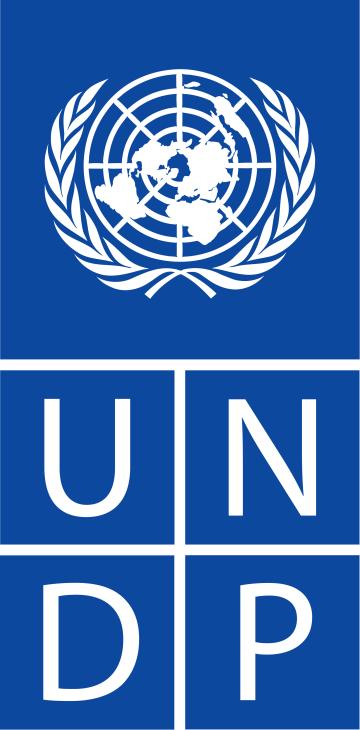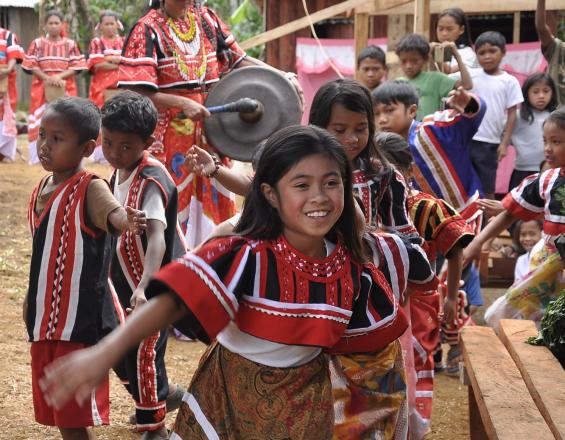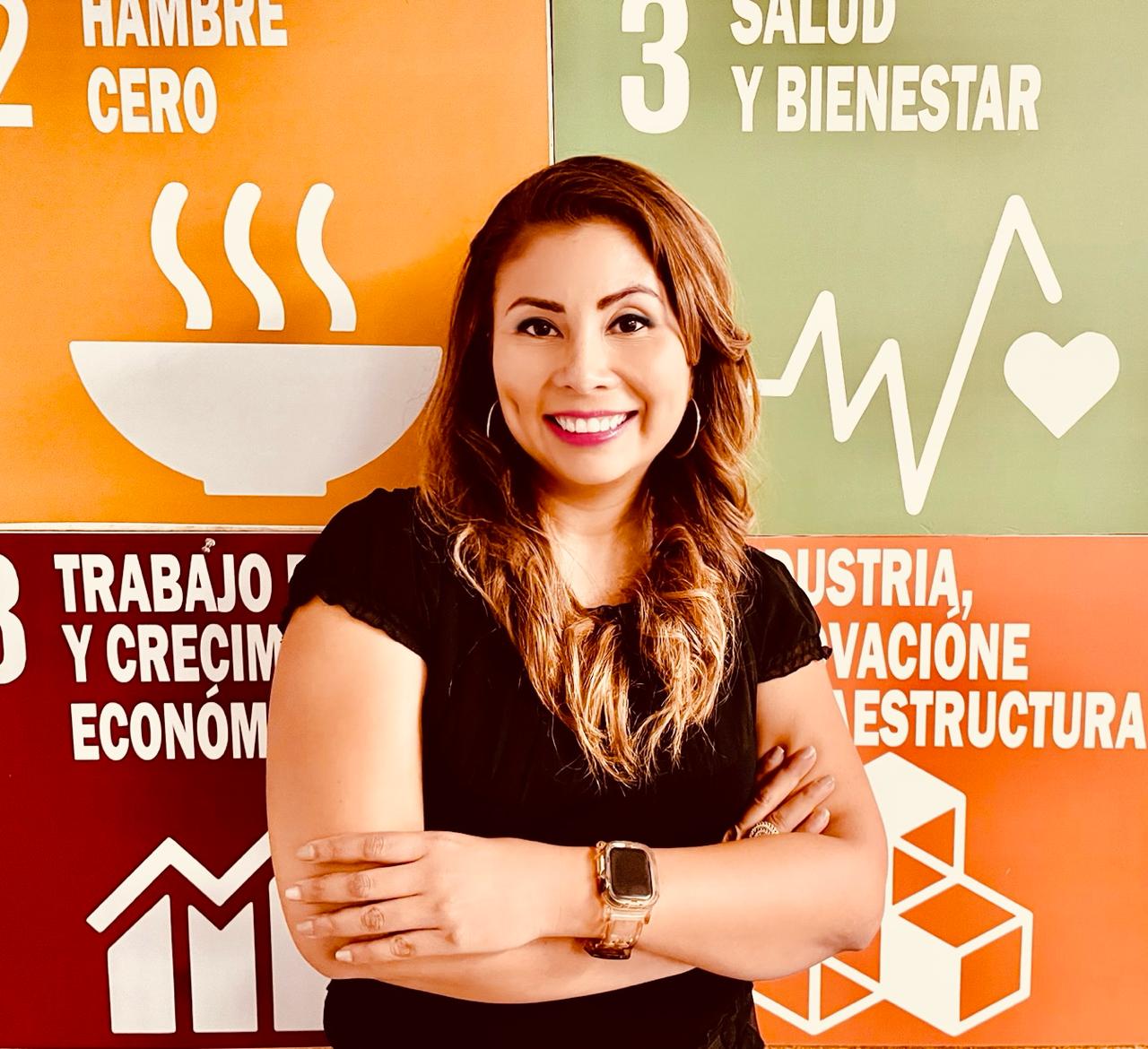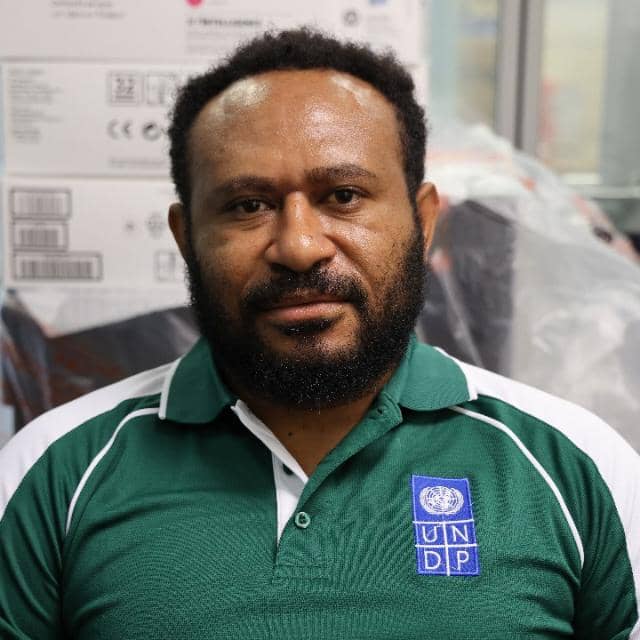
Establishing Indigenous Community Conserved Areas in the Philippines

The UNDP supported GEF financed New Conservation Areas in the Philippines project (NewCAPP) has worked with the Government and local and indigenous communities to create new conservation areas as a strategy for expanding coverage of key biodiversity areas in the PA network. The project supported indigenous communities to map, inventory, formally establish and manage Indigenous Community Conserved Areas (ICCAs) in their traditional territories.
Context
Challenges addressed
Location
Process
Summary of the process
Building Blocks
Participatory mapping and inventorying
Enabling factors
Lesson learned
Community conservation agreement
Enabling factors
Lesson learned
Declaration of ICCA
Enabling factors
Lesson learned
Impacts
Empowerment of tribal identity/communal pride. Establishing ICCAs can preserve tribal culture and traditional resource rights as rituals and sacred activities on their sacred land. Conserving natural resources held in these lands also helps secure livelihoods, medicines, food, and materials for traditional houses for current and future generations. Establishing ICCAs enhances conservation efforts. Philippine tribes were given international recognition for their role as the project helped bring about effective legislative protection and sustainable management of its protected areas. So far two pilots have been documented, mapped and registered at UNEP/WCMC Global Database. Six other ICCA sites are in various stages of documentation, mapping and research. Strengthening stakeholder capacity. Participatory planning and stakeholder interaction helped in settlement of long-standing tribal conflict between two tribes. A dispute for the claim of forestland that overlapped with their ancestral domains was settled by the intervention of the ICCA concept and series of dialogues with both tribes.



